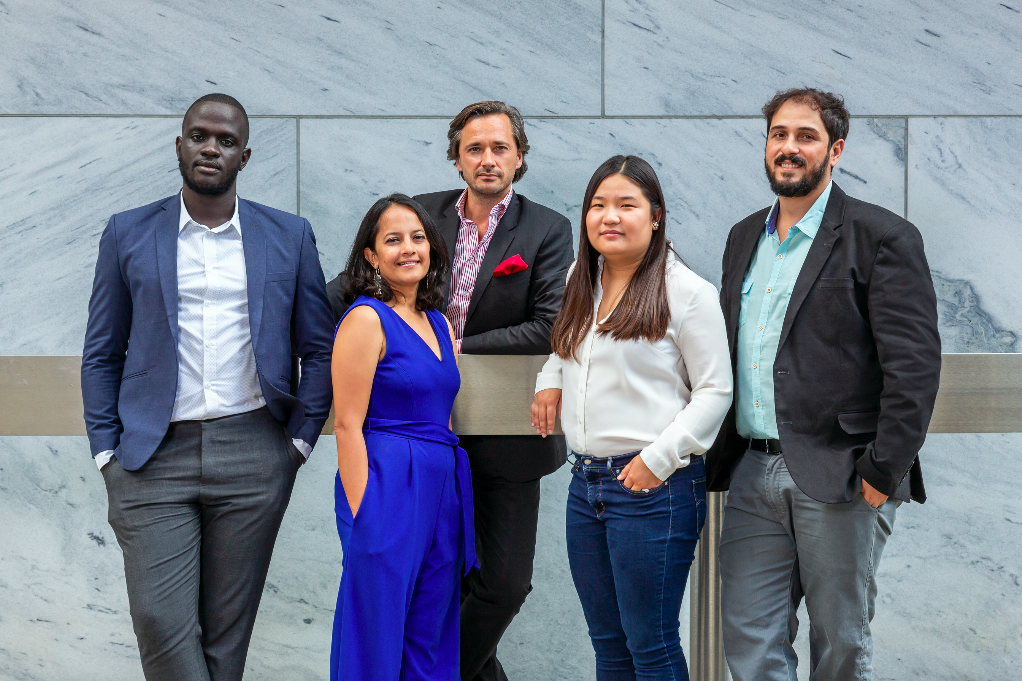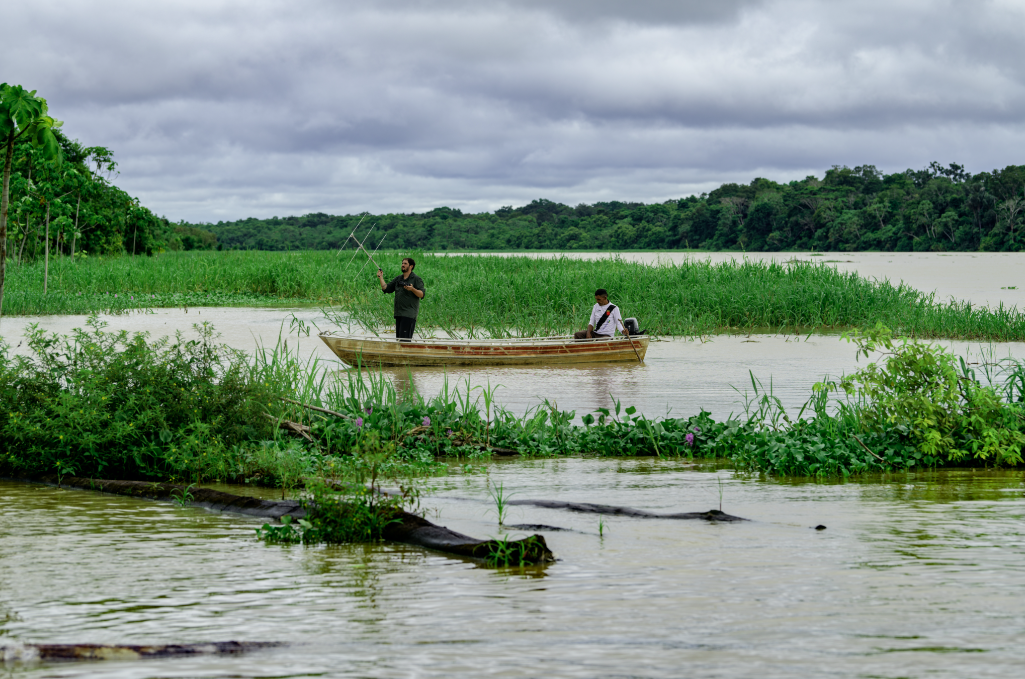In a bid to protect Mother Earth, Rolex has embarked on a sustainability and environmental conservation campaign called Perpetual Planet
It was a monumental task: to select the five most deserving candidates for the 2019 Rolex Awards for Enterprise from a shortlist of nearly 1,000. Since they were established in 1976 to commemorate the 50th anniversary of the world’s first waterproof watch, the iconic Rolex Oyster, the biennial Rolex Awards have supported enterprising individuals initiating exceptional projects to conserve our cultural heritage and protect the environment.
The Rolex Awards jury comprised a group of independent experts, including business leader and philanthropist Ravi Venkatesan, geneticist and author Adam Rutherford, retired golfer Annika Sörenstam and National Geographic Society executive vice-president and chief scientist Jonathan Baillie. In February, the shortlist had been whittled down to 10 finalists, who four months later presented their projects to the participants in the National Geographic Explorers Festival in the US state of Washington. (The festival was a week-long symposium with speaker forums, panel discussions and research presentations on topics ranging from environmental issues to space exploration.)
The 10 finalists included a technologist using science to deter people from illegal logging; a doctor championing a digital healthcare network of women doctors to provide low-cost, high-quality medical help to the masses; and an entrepreneur and molecular biologist who invented a way to transform unrecyclable plastic waste into chemical compounds for use in industrial and consumer products.
See also: 2019 Rolex Awards For Enterprise Laureates: Meet The Winners

After the presentations, voting was opened to the public—a first for the awards—with the results taken into account by the jury when it reconvened to make its final decision during the festival. The final five laureates were later unveiled at a glitzy awards ceremony at the Smithsonian American Art Museum in Washington.
The Rolex laureates are Brazilian fisheries biologist João Campos-Silva, French medical scientist Grégoire Courtine, Ugandan IT specialist Brian Gitta, Indian scientist and conservationist Krithi Karanth and Canadian entrepreneur and molecular biologist Miranda Wang. Besides securing funding of about US$200,000 for each of their projects, the quintet also received a Rolex timepiece each, worldwide publicity, and the opportunity to meet and interact with the brilliant minds of the Rolex Awards community, which comprises past awardees, mentors and members of scientific, research and environmental conservation circles.
“The company felt that it had the responsibility to take an active interest in improving life on the planet,” Rolex CEO Jean-Frederic Dufour said during his speech at the awards ceremony.
“The achievements of this programme are here to be seen: an estimated five million people have benefited from the work of the Rolex laureates, dozens of places have been discovered and thousands of ecosystems protected.
“From the beginning, sustainable development has formed an integral part of our brand’s activities. Its engagement extends well beyond our watches, which are built to last, and transcends all aspects of the company. The laureates have demonstrated how innovative thinking mixed with enterprise can create stunning solutions.”
See also: 6 Watch Brands That Help Save The Oceans

